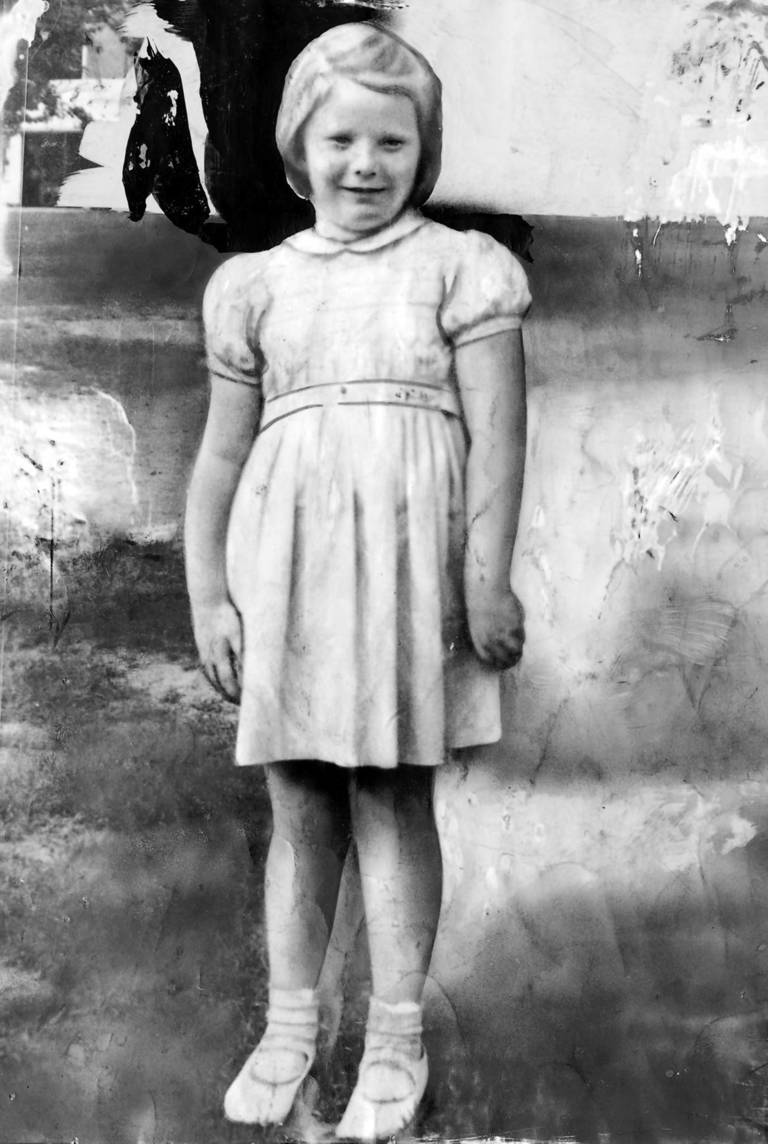RE:
Chicago 'Lipstick Murders' of 1945-46, which included a 6-year-old girl who was also given a hemicorporectomy:
Who Was the Lipstick Killer
"On September 5, 1946, William George Heirens was sentenced to 3 consecutive life sentences for the murders of 43 year old Josephine Ross, 32 year old Frances Brown, and
6 year old Suzanne Degnan. He will forever be known as the Lipstick Killer. But did he really do it?..
...6 year old Suzanne Degnan was reported missing from her family’s home at 5943 North Kenmore Avenue, Edgewater, Chicago. Her first floor bedroom window was open, and a ladder was placed underneath it, outside the apartment...
Neighbors of the Degnan family were all questioned, but most had nothing useful to report. That is until police received an anonymous phone call, suggesting the police look in the sewers near the Degnan home. When police did, they discovered the severed head of Suzanne Degnan in a storm drain sewer that was in an alley only a block away from their home. Further search led police to the girls right leg in a catch basin, her torso in another storm drain, and her left leg in a drain in another alley. Each piece found was further and further from the family home.
It took investigators an additional month to find her arms, which were in a sewer drain on the other side of the Howard elevated train line – more than three blocks from the Degnan residence. All the drains had been capped with circular cast iron manhole covers, weighing at least 110 pounds, yet no one heard them being lifted or even slid back into place....
The coroner placed her time of death between 12:30 and 1:00 am, and said that a very sharp instrument or knife had been used to dismember her body. Dr. Kearns, the coroners expert, said “either a man who worked in a profession that required the study of anatomy or one with a background in dissection…not even the average doctor could be as skillful, it had to be a meat cutter.”.
More witnesses came forward, and police gave over 170 polygraph tests....
The afternoon of June 26, 1946, 17 year old William Heirens set out for the post office to cash his $1,000 savings bonds, purchased with money from previous burglaries. He had a date with his girlfriend later, and needed cash....
When the polygraph test was finally administered, results were declared inconclusive. Oddly enough though, John E. Reid and Fred E. Inbau published the findings of the polygraph test in their 1953 textbook, Lie Detection and Criminal Interrogation which states, “Murderer William Heirens was questioned about the killing and dismemberment of six-year old Suzanne Degnan … On the basis of the conventional testing theory his response on the card test clearly establishes (him) as an innocent person.”...
Heirens’ defense attorney felt he was guilty, and made it his goal to keep Heirens from dying in the electric chair. State’s attorney, Tuohy didn’t feel he could get a conviction, so he sought out cooperation from defense counsel. Tuohy offered Heirens a plea bargain. The bargain stated that in exchange for confessing to the murders of Josephine Ross, Frances Brown, and Suzanne Degnan, Heirens would serve a single life sentence....
Heirens later stated, “I confessed to save my life.”...
On September 4, with Chief Justice Harold G. Ward presiding, Heirens admitted his guilt on the burglary and murder charges. That night, he tried to hang himself in his cell, but was discovered before he could die. “Everyone believed I was guilty…If I weren’t alive, I felt I could avoid being adjudged guilty by the law and thereby gain some victory. But I wasn’t successful even at that. …Before I walked into the courtroom my counsel told me to just enter a plea of guilty and keep my mouth shut afterward. I didn’t even have a trial…”
On September 5, Ward formally sentenced Heirens to three life terms. As he waited to be transferred to Stateville Prison, Sheriff Michael Mulcahy asked Heirens if Suzanne Degnan suffered when she was killed. Heirens answered, “I can’t tell you if she suffered, Sheriff Mulcahy. I didn’t kill her. Tell Mr. Degnan to please look after his other daughter, because whoever killed Suzanne is still out there.”...
On March 5, 2012, William Heirens died at the age of 83 at the UIC Medical Center from complications arising from diabetes...."
Who Was the Lipstick Killer | The Scare Chamber
William Heirens did not murder 6 year old Suzanne Degnan (or the other women), IMO- so who did- Hodel???
William Heirens
"William George Heirens (November 15, 1928 – March 5, 2012) was an American convicted serial killer who confessed to three murders in 1946. Heirens was called the Lipstick Killer after a notorious message scrawled in lipstick at a crime scene. At the time of his death, Heirens was reputedly Chicago's longest-serving prisoner, having spent 65 years in prison.
He spent the later years of his sentence at the Dixon Correctional Center in Dixon, Illinois. Though he remained imprisoned until his death, Heirens had recanted his confession and claimed to be a victim of coercive interrogation and police brutality.
Charles Einstein wrote a novel called
The Bloody Spur about Heirens. The novel was later adapted into the film
While the City Sleeps by Fritz Lang..."
William Heirens - Wikipedia
-------------------------------------------------------------------------------------------------------------------------------------


